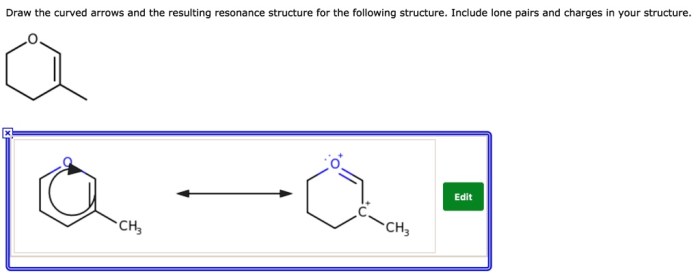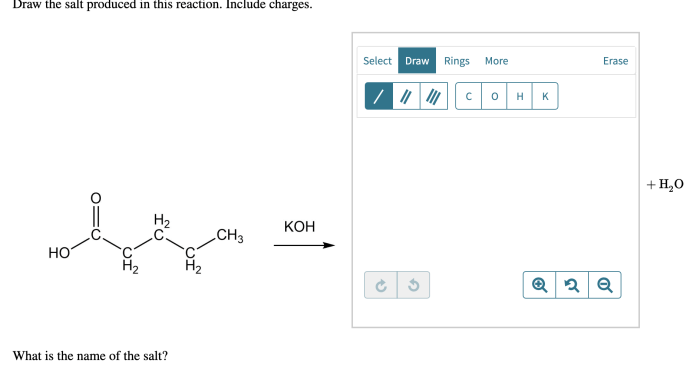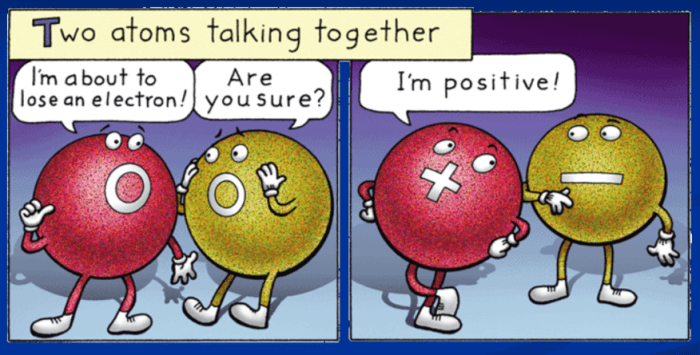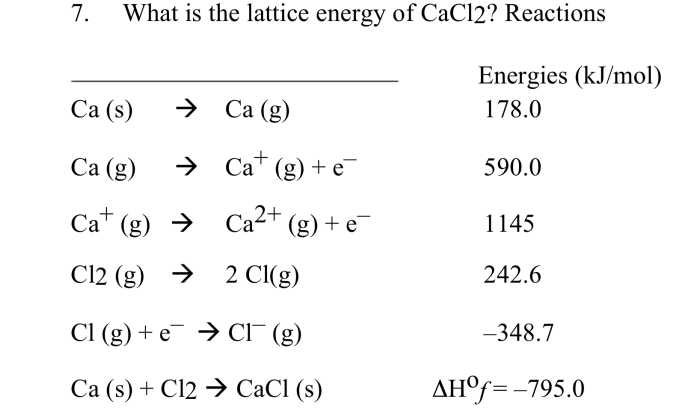Prepare to embark on an enlightening journey into the realm of gases with our comprehensive combined gas law and ideal gas law worksheet. This meticulously crafted resource will equip you with a profound understanding of these fundamental principles, empowering you to unravel the intricate relationships between pressure, volume, and temperature.
As we delve into the intricacies of the combined gas law and ideal gas law, we will uncover their similarities and differences, arming you with the knowledge to discern which law is most appropriate for any given situation. Interactive exercises and real-world examples will solidify your grasp of these concepts, ensuring a truly immersive and engaging learning experience.
Combined Gas Law: Combined Gas Law And Ideal Gas Law Worksheet
The combined gas law is a mathematical equation that describes the relationship between the pressure, volume, and temperature of a gas.
The combined gas law formula is:
PV/T = constant
where:
- P is the pressure of the gas
- V is the volume of the gas
- T is the temperature of the gas
The combined gas law can be used to solve problems involving changes in pressure, volume, or temperature of a gas.
For example, the combined gas law can be used to calculate the pressure of a gas if the volume and temperature of the gas are known.
The combined gas law can also be used to calculate the volume of a gas if the pressure and temperature of the gas are known.
The combined gas law can also be used to calculate the temperature of a gas if the pressure and volume of the gas are known.
Interactive Table or Infographic
Here is an interactive table that demonstrates the relationships between pressure, volume, and temperature according to the combined gas law:
| Pressure (P) | Volume (V) | Temperature (T) |
|---|---|---|
| ↑ | ↓ | constant |
| ↓ | ↑ | constant |
| constant | constant | ↑ |
| constant | constant | ↓ |
Ideal Gas Law
The ideal gas law is a mathematical equation that describes the relationship between the pressure, volume, temperature, and number of moles of a gas.
The ideal gas law formula is:
PV = nRT
where:
- P is the pressure of the gas
- V is the volume of the gas
- n is the number of moles of gas
- R is the ideal gas constant
- T is the temperature of the gas
The ideal gas law can be used to solve problems involving changes in pressure, volume, temperature, or number of moles of a gas.
For example, the ideal gas law can be used to calculate the pressure of a gas if the volume, temperature, and number of moles of the gas are known.
The ideal gas law can also be used to calculate the volume of a gas if the pressure, temperature, and number of moles of the gas are known.
The ideal gas law can also be used to calculate the temperature of a gas if the pressure, volume, and number of moles of the gas are known.
The ideal gas law can also be used to calculate the number of moles of a gas if the pressure, volume, and temperature of the gas are known.
Assumptions of the Ideal Gas Law
The ideal gas law assumes that:
- The gas particles are point masses with no volume.
- The gas particles do not interact with each other.
- The gas particles are in constant random motion.
These assumptions are only true for gases at low pressures and high temperatures.
Real-World Examples of Gases that Behave Ideally
Some gases that behave ideally at low pressures and high temperatures include:
- Hydrogen
- Helium
- Neon
- Argon
- Krypton
- Xenon
Comparing the Combined Gas Law and Ideal Gas Law
The combined gas law and the ideal gas law are both mathematical equations that describe the relationship between the pressure, volume, and temperature of a gas.
The main difference between the combined gas law and the ideal gas law is that the ideal gas law also takes into account the number of moles of gas.
The combined gas law can be used to solve problems involving changes in pressure, volume, or temperature of a gas, while the ideal gas law can be used to solve problems involving changes in pressure, volume, temperature, or number of moles of a gas.
When to Use the Combined Gas Law, Combined gas law and ideal gas law worksheet
The combined gas law should be used when the number of moles of gas is not known.
When to Use the Ideal Gas Law
The ideal gas law should be used when the number of moles of gas is known.
Flowchart or Decision Tree
Here is a flowchart that can be used to determine which law to use:
- Start
- Is the number of moles of gas known?
- Yes: Use the ideal gas law.
- No: Use the combined gas law.
- End
Question & Answer Hub
What is the Combined Gas Law?
The Combined Gas Law is a mathematical equation that relates pressure, volume, and temperature of a gas sample under different conditions.
What is the Ideal Gas Law?
The Ideal Gas Law is a mathematical equation that describes the behavior of an ideal gas under various conditions of pressure, volume, and temperature.
When should I use the Combined Gas Law?
The Combined Gas Law should be used when the temperature of the gas sample changes.
When should I use the Ideal Gas Law?
The Ideal Gas Law should be used when the gas sample behaves ideally, meaning it follows the assumptions of the Ideal Gas Law.



